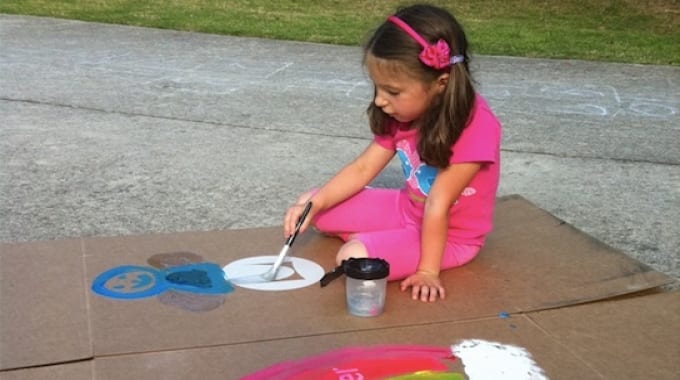If you’re shopping for a product and deciding among several choices, would you pay more for a brand that is environmentally responsible? A recent Nielsen study found that 50 percent of Baby Boomers, 75 percent of GenZ, and 73 percent of millennials would. What does this mean to brands and the printers that support them? If you’re not supporting sustainability, you may be losing customers.
Many brands are getting the message, employing sustainability goals and timelines – Coke, Unilever, Mondelez, Nike, Amazon, L’Oréal and Burger King, to name a few. Still, with the increase in online shopping, we’re seeing an increase in shipping packaging, too. Years ago, we only saw a product’s primary packaging as we plucked it from a store shelf. With e-commerce, we receive secondary packaging and sometimes even tertiary packaging.
The brand owners and packaging companies that I work with have a deep desire to be environmentally responsible and have loyal consumers. Here are few of the top sustainability strategies I recommend:
Restructure packaging. Restructuring means designing packaging to fit the item. It’s an investment in packaging design that has an ROI domino effect. You’re purchasing less material, saving costs on the front end.
Smaller packaging means more cases fit on a pallet, reducing transport costs. Shipping more products in fewer containers reduces your carbon footprint. When consumers open the designed-to-fit packaging, they perceive your brand as a steward of the environment. And they’ll let you know how happy that makes them with pictures and shout outs on Instagram.
Become a lightweight. Lightweighting is purposefully choosing lighter-weight paperboard that has the same caliper as your packaging requires, in order to reduce your package or product weight.
Much like restructuring, selecting lighter weight materials can have far-reaching benefits, such as reducing transportation and fuel costs.
Reuse or upcycle. When my daughter was little and we were furnishing our home, the empty furniture boxes became her fort and playhouse. Retailers and brand owners know that kids love boxes, and today we’re seeing some wonderful innovations.
For example, Target has designed boxes that are printed with its brand puppy, Bullseye, doing things like driving a truck. Social media lit up with kids playing with the boxes. Recently, Amazon applied for several patents for its corrugated boxes where pieces pop out to become a sword, a house and a rocket ship.
Recycle. This is a huge category that includes using recycled or recyclable materials. We’re all familiar with the plastic straw versus paper straw conversation. There are plenty of other plastic products that are having a huge impact on our landfills.
Case in point: the millions of plastic cards that are produced each year as gift cards, frequent-buyer cards and credit cards. If producers created these cards from biodegradable fiberboard instead, what would that mean to our environment?
Sappi, a provider of sustainable paperboard products, is one company dedicated to making that change real. We’re beginning to see paperboard replace other materials – paperboard beer bottles, the first shower-safe fiberboard bottles, and paperboard game pieces in board games.
In addition to using more recycled materials, brands are also using the How To Recycle label to specify for consumers which parts of a package are recyclable and how best to recycle it. Which brings us to…
Dispose responsibly. If packaging is not compostable, biodegradable, or it’s just difficult to recycle, I’m looking at you, brand owner/manufacturer, to take responsibility for the entire lifecycle of the product. This is referred to as closing the loop or creating a ‘circular economy.’
HP has had a responsible ink/toner cartridge disposal program for years, enlisting mail-ins, retail drop-offs, and non-profit organizations that recycle for you.
Nike is also in the game with its Reuse-a-Shoe program, and a take-back program for children’s shoes. For more than 25 years Nike’s Grind program has turned worn-out running shoes into material for new sneakers or track-and-field surfaces.
The future of sustainability
In a 2018 global Nielsen survey, 81 percent of respondents felt strongly that companies should help improve the environment. Those are credit-card-carrying consumers who are driving change by leveraging their buying power, as well as their online reviews and social media platforms. It’s clear that the sustained success of brands, manufacturers and print/packaging providers will depend in some part on their sustained commitment to the environment.



